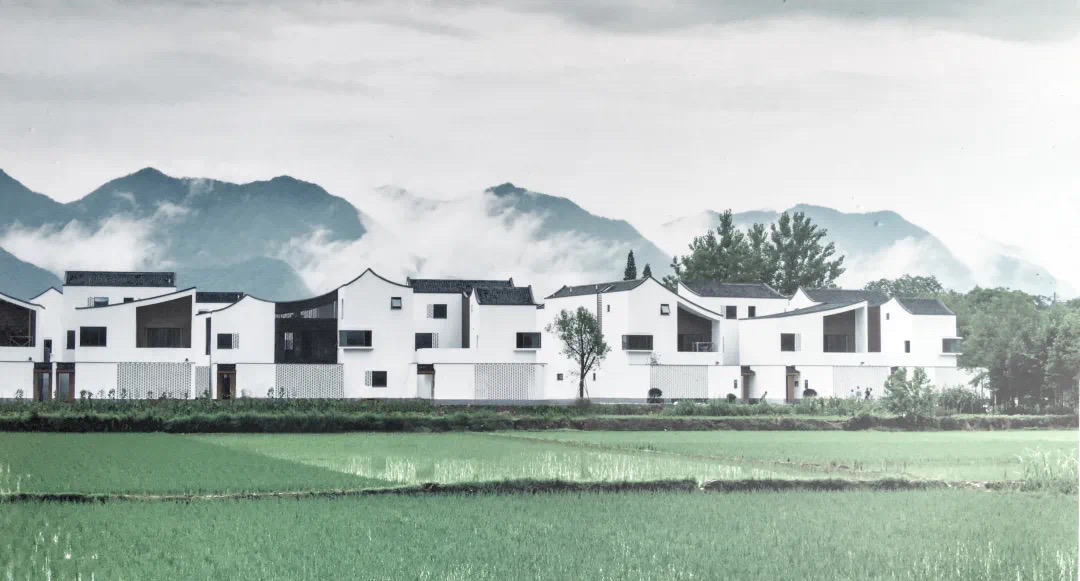Contemporary Chinese architecture dazzles in London
By Zheng Wanyin in London | chinadaily.com.cn | Updated: 2023-10-02 00:02
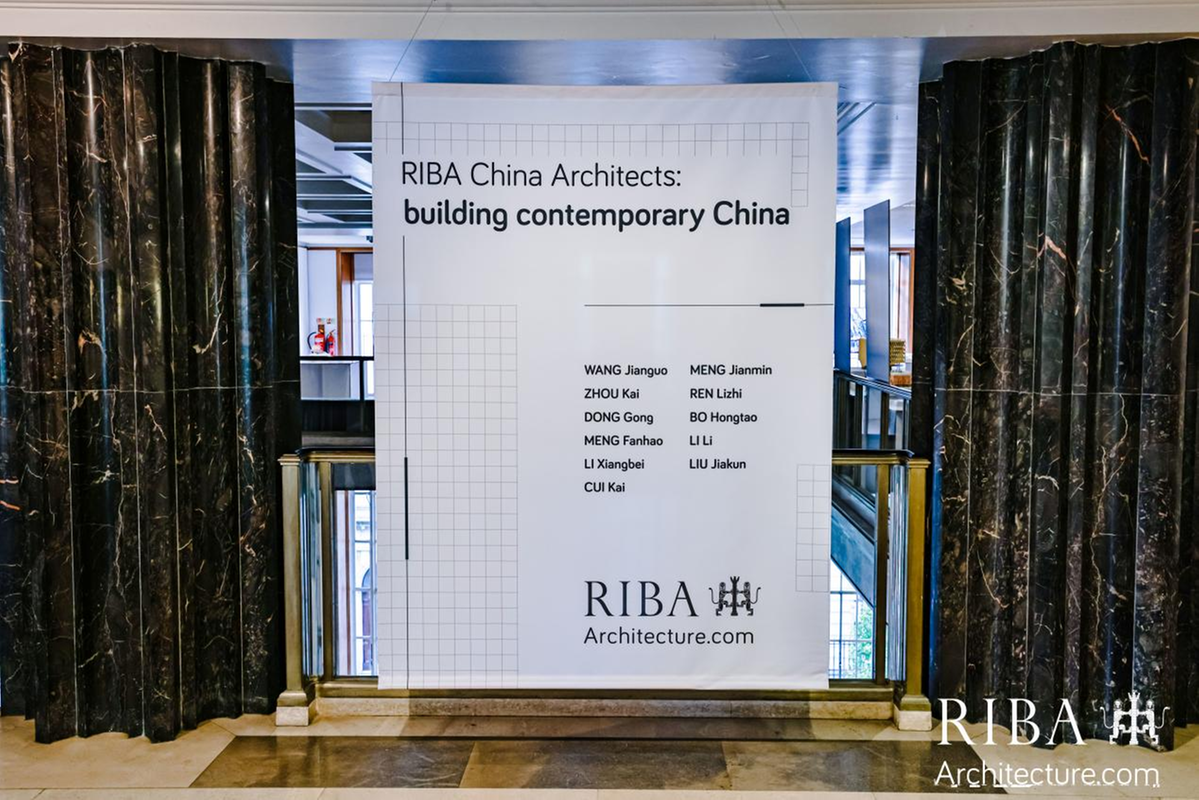
The Building Contemporary China architecture exhibition kicked off in London, England on Friday, with scale models, images, films, and drawings on display showcasing 33 projects from 11 leading Chinese architects.
The event, which will run until Oct 29, gathers a diverse collection of works that includes large-scale public buildings, housing complexes, and simple tea houses. All of the projects feature Chinese architects' responses to issues that emerged during the last 30 years due to China's rapid transformation, including urban renewal, rural revival, and environmental renovation.
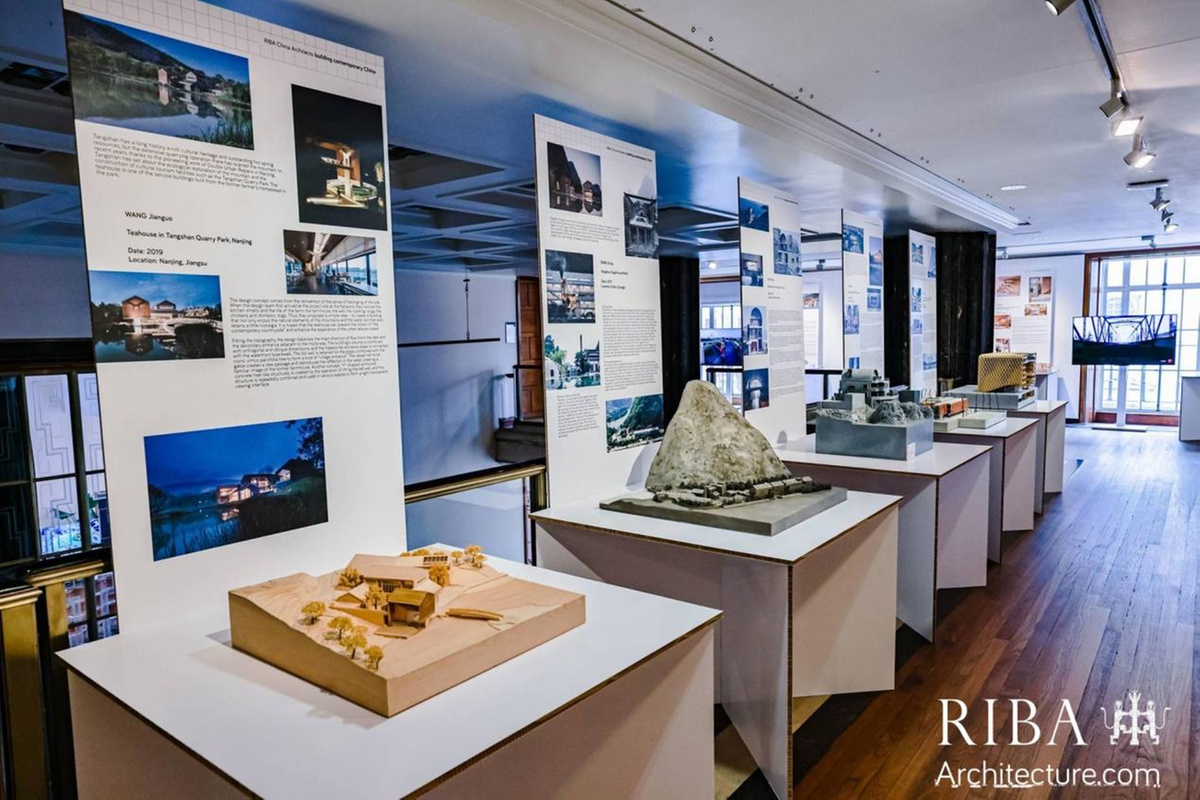
"Changes that have taken place over the past decades, such as urbanization, are shared globally, while at the same time, China has its unique social and economic conditions. We are now gradually shifting from high-speed development to high-quality development, which has brought enormous impact to our architectural design, but this is still relatively unknown to the Western world," said Li Hua, the guest curator of the exhibition.
"In fact, two-thirds of the projects on display were completed in the past five years. So, we are eager to introduce the current state of the Chinese building industry and enhance mutual understanding," she added.
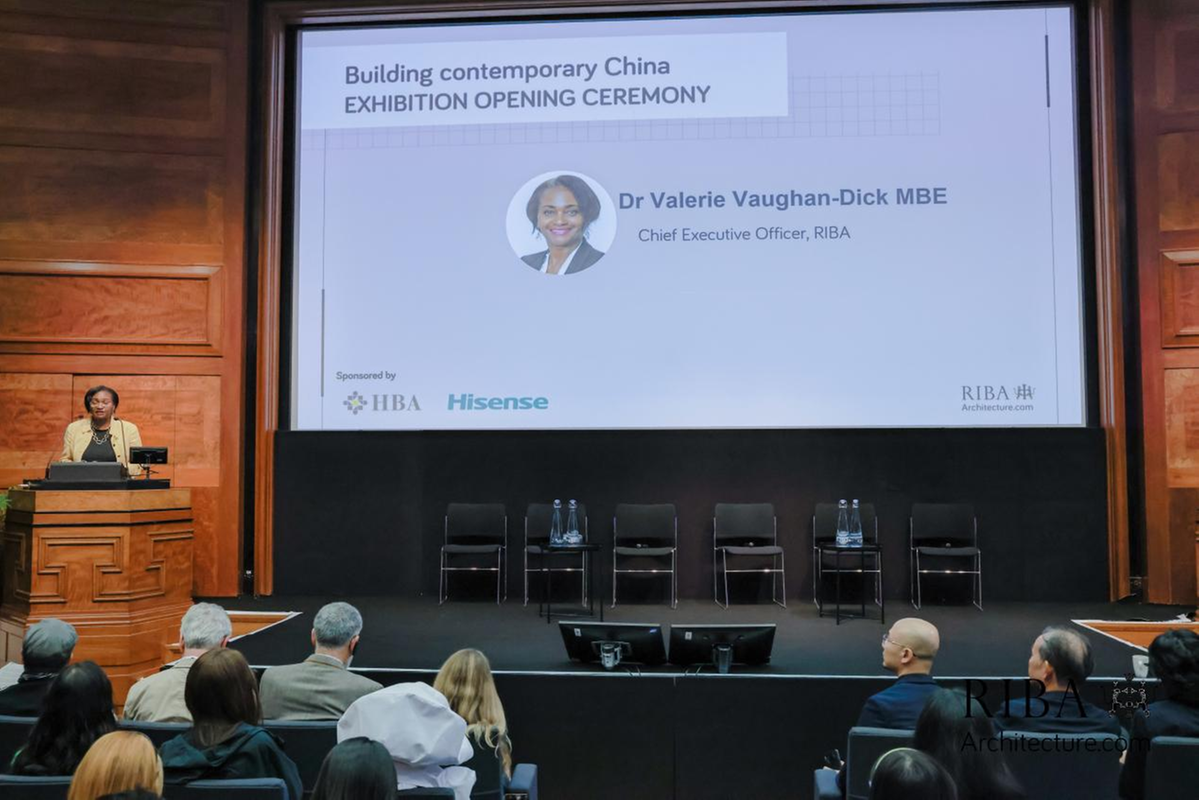
The exhibition, which is being held at the headquarters of the Royal Institute of British Architects, or RIBA, also marks the next phase of architectural connections between China and the United Kingdom, said Valerie Vaughan-Dick, chief executive of RIBA.
"What, to me, is really, really important is celebrating the diversity in architecture," she said at the opening ceremony for the exhibition. "Our engagement with China and Asia is an integral part of our mission."
RIBA opened its first overseas office in Shanghai in 2019, and subsequently launched several programs, with the aim of advocating for Chinese architects, or recognizing exemplary heritage and conservation sites, both in China and the UK.
"We must continue this dialogue, and we must build on our existing collaboration," she added.
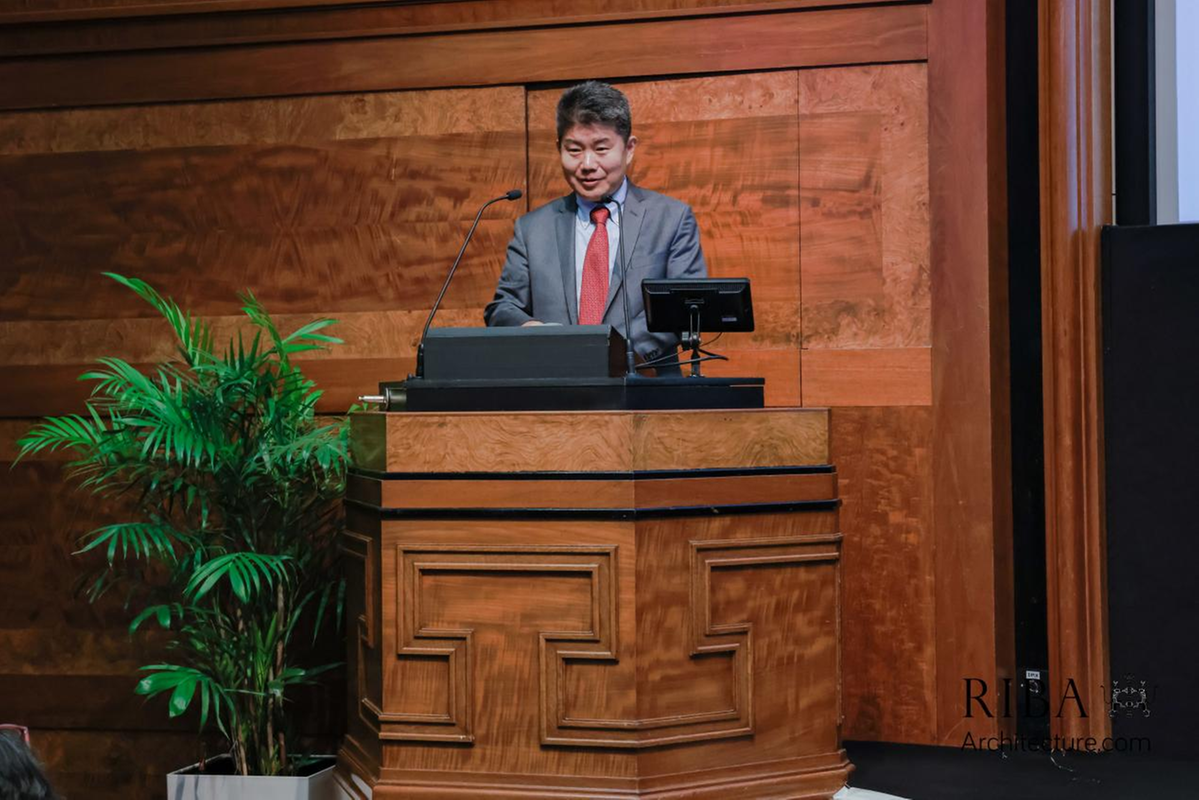
Li Liyan, minister counselor for cultural affairs at China's embassy to the UK, said architecture can serve as a powerful medium to improve friendly relations between China and the UK, with both nations – representing civilization of the East and the West – sharing richness in architectural development.
"No matter where we are on this planet, we share a common destiny. Today is a perfect time to remind us to work together to build a brighter future," Li said.
Benjamin Derbyshire, a former president of RIBA, said the UK needs more exhibitions like Building Contemporary China, so architecture that has made fundamental contributions to society can be appreciated.
"Everything has been said about the quality of the models on display, the vision of the Chinese architects, but it is not enough. We have to do more," he said. "And international efforts should be made to let everybody understand the contribution that architects can make to the societies, as we are working, first and foremost, for the public interests, not the interests of the professions alone."
Meng Fanhao, one of the Chinese exhibitors, said his rural revival project in East China's Zhejiang province has transformed the declining Dongziguan village into a tourist attraction and indirectly contributed to rural revitalization.
The initial design was focused on improving housing and preserving local architectural characteristics, Meng said, but the refurbished village unexpectedly became a popular subject for visitors posting on Chinese social media, which contributed to the return of villagers and an influx of new people to the area.
Dongziguan now represents a new form of Chinese urban-rural community, where indigenous people and new residents, mostly young artists and entrepreneurs who relocated there from cities, pursue advancement together.
"You see the buildings do not only satisfy the principles of durability, utility, and beauty but became a medium, a symbol due to the internet, and this is the expansion of the architectural discipline in the new era," said Meng.
"Expansion like this is shared globally. Chinese architects are the beneficiaries of globalization. So, we would also like to share the results we have achieved through this exhibition with our colleagues around the world," Meng added.

